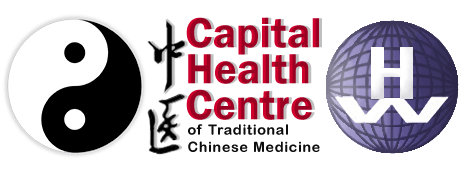Reflecting Thoughts on the Acupuncture Process and how this Informs Treatment
With acupuncture, there are many theories which can be used by practitioners. Aside from the standard meridian theory of acupuncture treatment, there are other health professionals that use alternative needle insertion therapies, such as dry needling. These treatment types have similar intrusive techniques to acupuncture, and they have many different names throughout the different regions of the world.
The Hologram Theory in Traditional Chinese Medicine (TCM) Acupuncture
In the TCM inclusive form of muscular based acupuncture, the needling technique is used to reduce tension, tightness, and to relieve certain conditions which have blocked energy.
With the TCM holistic holographic concept (or hologram theory), practitioners gain a broader understanding of the body as a whole. This is applied by viewing the extremities or units of the body as individual microecosystems. Acupuncturists can then use this information to visualise a complex image of how the body’s systems function independently, and then how they can affect and interact with each other. Acupuncture can penetrate and treat many independent units of the body such as the head, forearms, neck, hands, knees, abdomen, and feet. This theory provides practitioners with the convenience, efficiency, and comfort necessary to consider the personalised treatment of clients. Acupuncturists when using this approach can easily take into consideration the preferences of clients. For example, some clients don’t want acupuncture in certain areas due to skin issues, pregnancy, fears, or discomfort. The holographic theory of acupuncture can provide different patterns for the treatment of clients in these situations, which is why this theory is broadly used in acupuncture treatment.

Factors which can Influence Your Treatment
Acupuncturists take many factors into consideration when determining the appropriate treatment for clients. For example, the age of clients, their sensitivity, and their individual body clocks are all aspects which should be considered by practitioners to provide a proper and flexible approach.
The environment in which we live, and the seasonal changes that occur can also affect our bodies, our feelings, and our acupuncture needs. In Spring, the energy in our bodies is lifted up, in Summer the energy is spread throughout our bodies, in Autumn this energy begins shrinking within our body, and then as we enter into Winter, the energy falls down into our bodies. In the warmer seasons, the energy is near the body’s surface, whilst in the colder months the energy is much deeper inside the body. This has many implications for acupuncture, as different techniques and points can be chosen to consistently match the treatment approach to the changing seasons. This is not a ‘one size fits all’ standard approach, but rather an approach that takes the individual’s unique health and medical history, environment and geographical setting, travel plans etc. into consideration.

How Acupuncture Focuses on the Flow of Energy within the Body
The different regions of the body that acupuncture is applied to (such as the front, back, and sides), the numbers of needles used, and whether the lower or upper parts of the body are targeted, can all impact the benefits of the treatment. Using these different approaches means that specific meridians and focus points can be targeted. Having multiple acupuncture approaches available provides acupuncturists with the flexibility needed to focus on interacting with, and influencing the flow of energy within the body. This can be viewed similarly to how streams are guided towards rivers, and how the rivers then proceed to flow into the ocean.
This way of understanding how energy flows throughout the body is an alternative to a disease and diagnostic based understanding. TCM doesn’t necessarily claim that certain parts of the body are wrong, but rather, focuses on whether the nerves and energy in the body are limited or restricted in certain ways, and whether there is pain or discomfort in specific places, to identify potential blockages of qi. By following the flow of energy in the body through nerves and sensations, acupuncturists can still recognise the local area problem, whilst gaining a holistic understanding. This healing practice is user-friendly, and helps clients to maintain a positive mindset as it supports a way of thinking that views their body as not “broken,” but something that can be improved through a holistic understanding of the body and the energy which flows within it.
Practitioners in TCM interpret facts in nature and healing to craft a caring approach for each individual client. In acupuncture, clients can focus on improving their breathing techniques, and can practise mindfulness, whilst certain acupuncture techniques and postures are utilised, contributing to an effective healing journey.
Written By Lili Henderson-Clark




